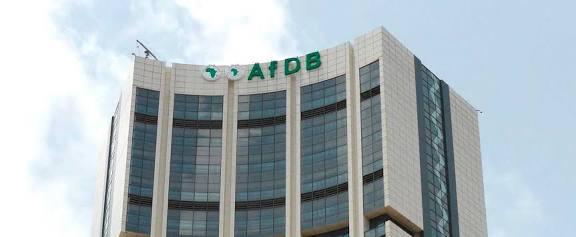S&P Global Ratings said African regional development creditors are poised to expand lending to fill national financing gaps, as capital buffers strengthen and new frameworks increase their borrowing headroom.
The ratings agency said Africa’s supranational lenders are increasingly central to plugging investment shortfalls and stabilising economies as external financing tightens.
With climate and infrastructure funding dominating their pipelines, S&P expects regional creditors to take on a larger role through 2025.
In its October release of the Supranationals 2025 Special Edition, S&P said updates to its multilateral lending institution framework could lift risk-adjusted capital ratios by about 10%, potentially unlocking $600–$800 billion in additional sovereign lending capacity by development banks.
S&P uses the measure to judge how much more an issuer can safely lend without weakening its credit profile. A higher ratio means a stronger ability to absorb losses.
S&P identified the African Development Bank (AfDB), East African Development Bank, African Trade & Investment Development Insurance, and Arab Bank for Economic Development in Africa (BADEA) as key players.
The AfDB has kept its AAA rating with “extremely strong” capital adequacy, expanding its portfolio to $27.3 billion in 2024 and signaling plans to scale up both sovereign and private-sector lending in coming years, the report said.
BADEA also lifted its exposure to $3.8 billion and aims to disburse roughly $18 billion between 2025 and 2029.
S&P cited hybrid capital issuance and exposure-exchange agreements – where lenders swap parts of their loan portfolios to spread risk – as tools that bolster resilience amid higher global rates.
Overall lending by multilaterals rose 4% between 2021 and 2024, with Africa accounting for 19% of the total.
Source: CNBC AFRICA




